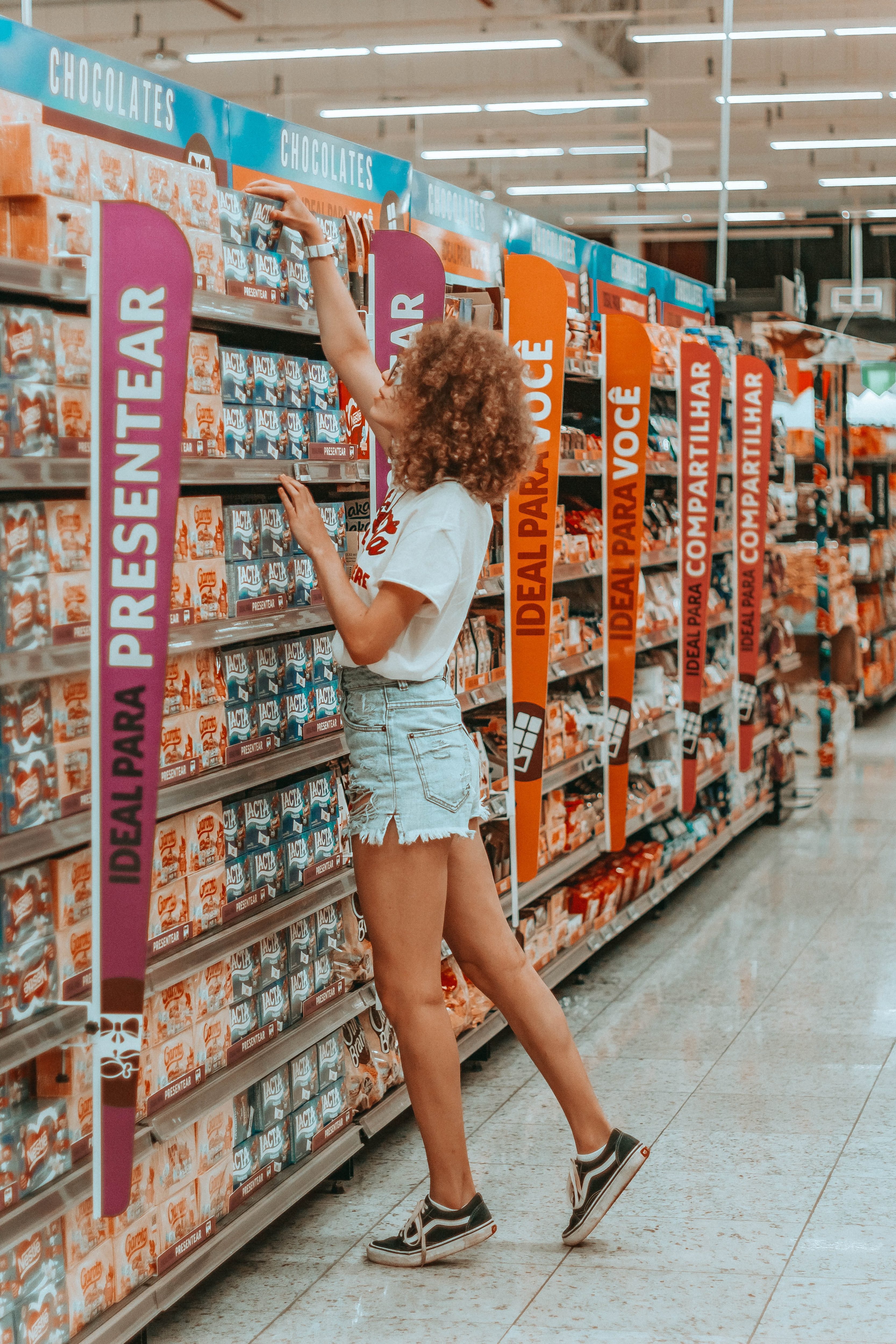
Reading Food Labels 101
In this guide about reading food labels, we will discuss:
- Ignoring The Front
- Focusing On Ingredients
- Looking For Added Sugars
- Avoiding Unnecessary Ingredients
- Checking The Serving Size
With so many different options in the grocery store these days, it can be confusing to figure out which products are actually the best and healthiest. This is why I always make sure to read the labels, beyond just the front of the packaging, so that I know exactly what I am purchasing (or choosing to leave on the shelf).
Here are my top tips as a Holistic Nutritionist for reading and understanding food labels like a pro:
1. Ignore The Front
Never take any notice of what’s on the front of the packaging – it is purely for marketing purposes. Companies spend a ton of money to convince you that their products are the best. Terms like “natural” and “low fat” do not have any real meaning, and packaging that looks wholesome and green is meant to subconsciously trick you into thinking the product is healthy. Instead, flip the package around to see what’s on the back (the front is for marketing, the back is for science).
2. Focus On Ingredients
The ingredients section is the key part of the package, so make sure to always read the ingredients. They are listed in order from most to least, so the first ingredient is the most prevalent, and the last ingredient is the least prevalent. Ingredients to take note of are added sugars, fillers and preservatives, artificial colors and flavors and anything else that you can’t pronounce or would never cook with at home. Ideally, products should be made with only simple ingredients that you can find in your kitchen and could make yourself, but in the interest of time are choosing a prepared, packaged food. I try to purchase products that contain only organic ingredients as well whenever possible.
3. Look For Added Sugars
Whilst it may not be apparent at first glance, sugars can be added to packaged foods using about 60 different names (including coconut sugar, maple syrup, corn syrup, rice syrup). Even if you don’t notice any obvious sugars in the ingredients label, always check the nutrition facts for “added sugars.” I avoid most products with any added sugars and advise my clients looking to lose weight and reset their metabolisms to do the same. Consuming excess sugar can lead to blood sugar imbalances (which promotes cravings and dysregulated mood) and the storage of fat on our bodies.
4. Avoid Unnecessary Additives
Things like refined carbohydrates and inflammatory fats (including canola oil, rapeseed oil, vegetable oils) are best to avoid as they can cause blood sugar spikes and promote inflammation throughout the entire body. Chronic inflammation can lead to more serious health issues as well as make it more difficult to lose weight.
5. Check The Serving Size
Often we assume that one package is one serving, but often its more like 2 or 3. Foods such as granola and cereal can also be deceiving – the amount listed for one serving is often 1/3 cup, and I don’t know about you but I’ve never eaten just 1/3 cup of granola. This can lead to people thinking they are making a healthier choice with minimal sugar, but after eating a few servings, the refined carbs and sugars can really add up.
Helping
High-Achieving
Women Create
Optimum
Health
home
about
private coaching
The Metabolic Beauty Reset
corporate wellness
blog
privacy policy
terms & conditions
contact
© 2021 Jennifer Hanway, llc | All Rights Reserved | brand + website by high Moon studio
Programs